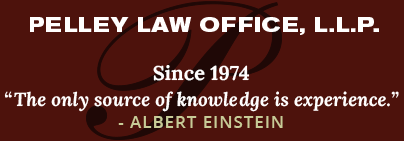This is a question that many people in debt mull over daily. How much debt is “too much?” Is bankruptcy “giving up” or “starting over?”
The truth is that debt does not get better on its own and some “solutions” offered by debt relief companies will only extend the amount of time you are in debt. Oftentimes, bankruptcy is a much more positive answer than many people understand it to be. In fact, it can mean a new beginning, a future without overwhelming debt.
So, how do you know when it is time to file for bankruptcy?
Here are some signs that bankruptcy may be a good option for you:
- Your mortgage company has threatened home foreclosure (note: bankruptcy stops foreclosure)
- You have a large amount of credit card debt and are unable to pay twice the amount of your minimum monthly payment (note: bankruptcy stops creditor harassment)
- You have fallen into arrears on your car payment and the creditor is threatening to repossess your car (note: bankruptcy can prevent repossession)
- You have significant medical bills that you cannot pay (note: bankruptcy can discharge those bills)
- You have a judgment against you for unpaid bills (note: bankruptcy can put the judgment on hold)
- Your business has not been as successful as you had hoped (note: businesses can also file for bankruptcy)
- You are thinking about taking out a home mortgage or borrowing against your retirement plan to pay off your debt (note: bankruptcy may be the better option)
- You still owe on the deficiency of old debts (note: bankruptcy can discharge some of these debts)
As you can see, there are many reasons to file for bankruptcy. By speaking with an experienced bankruptcy lawyer, you can determine if bankruptcy is right for you and, if so, what type of bankruptcy (Chapter 7 or Chapter 13 for consumer bankruptcy) you should file.
Learn more about bankruptcy by visiting our pages on Chapter 7 bankruptcy and Chapter 13 bankruptcy.



